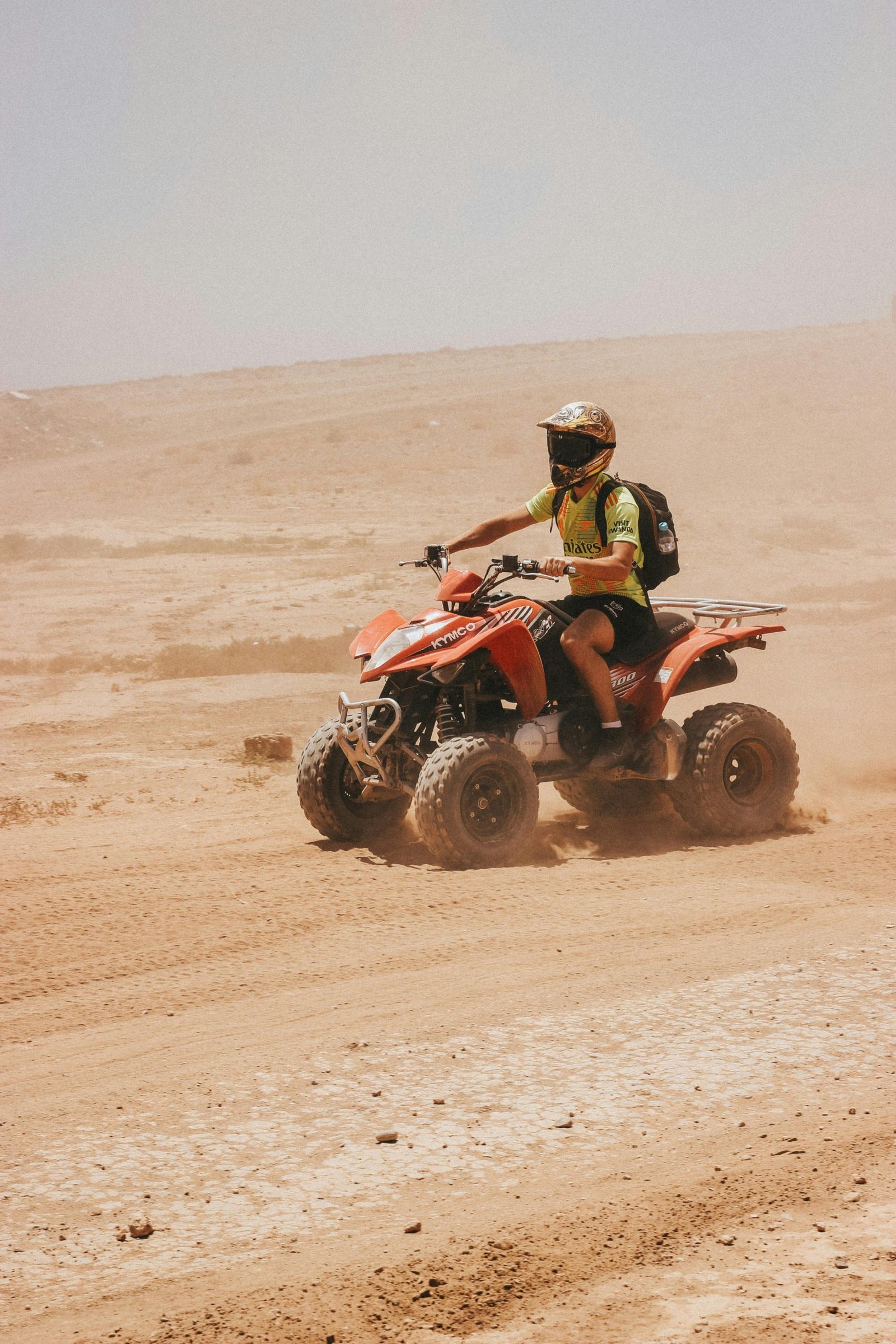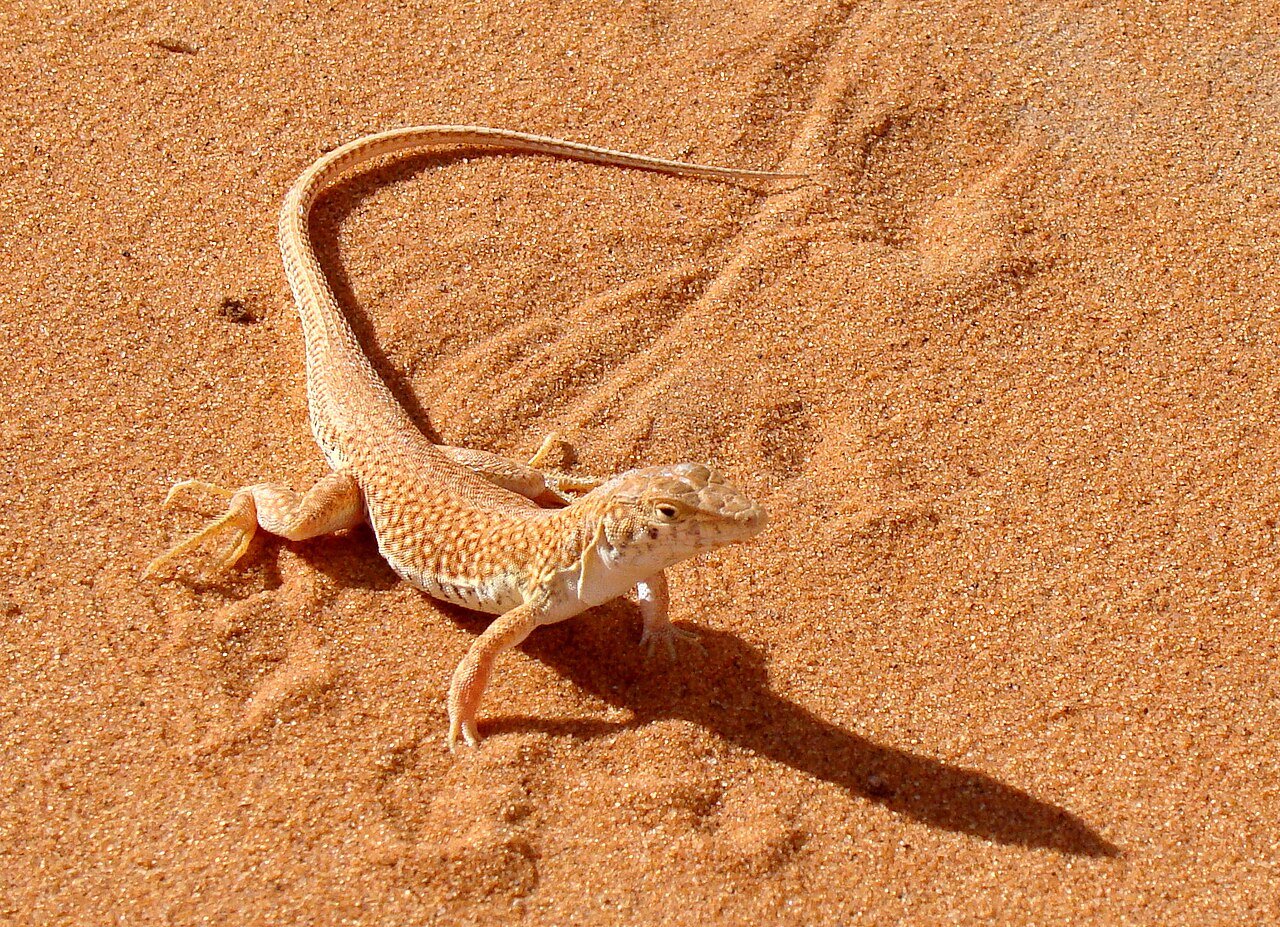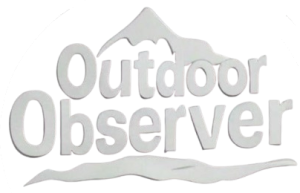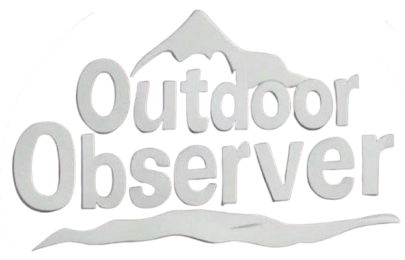This Content Is Only For Subscribers
The Mojave Desert, spanning nearly 50,000 square miles across southeastern California, Nevada, and Arizona, has long been a playground for off-road enthusiasts. From dirt bikes to side-by-sides and high-powered all-terrain vehicles (ATVs), the region’s open landscape and rugged beauty offer an irresistible draw. But as traffic grows, so do concerns about irreversible environmental damage, and recent debates have reignited scrutiny of how land is managed—and who gets to use it.

One of the most pressing issues is habitat degradation. Many desert species, such as the Mojave fringe-toed lizard, the desert tortoise, and rare plant species, depend on fragile ecosystems that take decades—or even centuries—to recover from disturbance. When vehicles stray off designated routes, they can crush native vegetation, cause soil erosion, and fragment the homes of endangered species.

In 2024, the Center for Biological Diversity and several environmental groups filed multiple lawsuits against the Bureau of Land Management (BLM), claiming that the agency had failed to adequately enforce vehicle route restrictions in designated conservation areas. Satellite imagery and on-the-ground surveys documented extensive illegal trail networks, which some argue were tolerated—or inadequately addressed—by land managers despite previous court rulings.
In response to this growing controversy, the Department of the Interior, under pressure from public interest organizations and local tribes, issued new land-use guidance in November 2024. The updated Mojave Trails National Monument Management Plan introduces tighter restrictions on off-road vehicle use. Under the revised framework, certain high-sensitivity areas are now closed to all motorized traffic year-round, while other areas are subject to seasonal closures during nesting or migration periods.
In early 2025, California’s State Parks Off-Highway Motor Vehicle Recreation Division also expanded its educational outreach and enforcement capacity. New signage, digital mapping tools, and ranger patrols are being used to direct users to legal trails and monitor unauthorized activity. Violations can now carry higher fines, and repeat offenders may lose off-road vehicle registration privileges under state law.
But these moves have met with resistance from some rider communities and local economies. Off-roading is a significant source of tourism revenue, particularly for small desert towns like Barstow and Ridgecrest. The American Sand Association has argued that responsible riders are being unfairly punished for the actions of a few, and that the economic impact of overregulation could be steep for businesses that cater to off-roaders.
Court decisions have also played a role. In a 2023 ruling, the Ninth Circuit Court of Appeals upheld a temporary vehicle ban in part of the West Mojave Plan area, stating that the BLM failed to meet its legal obligations under the Endangered Species Act. That decision has since been cited in other legal challenges pushing for more stringent enforcement of route designations and restoration mandates.
As the Mojave Desert continues to draw visitors, the path forward will likely involve compromise and continued oversight. Officials, conservationists, and recreation advocates agree that outdoor access matters—but so does protecting the rare and ancient landscapes that make the Mojave unlike any other place in North America. What’s at stake is more than open trails—it’s a test of how public lands are valued and shared in an era of growing demand and ecological stress.



